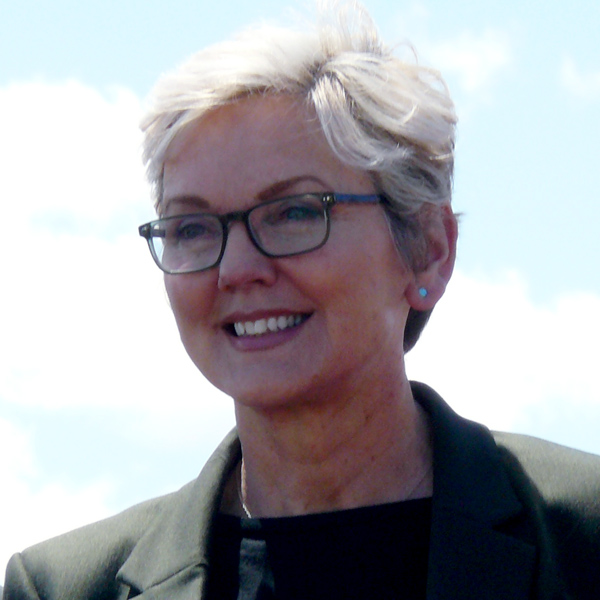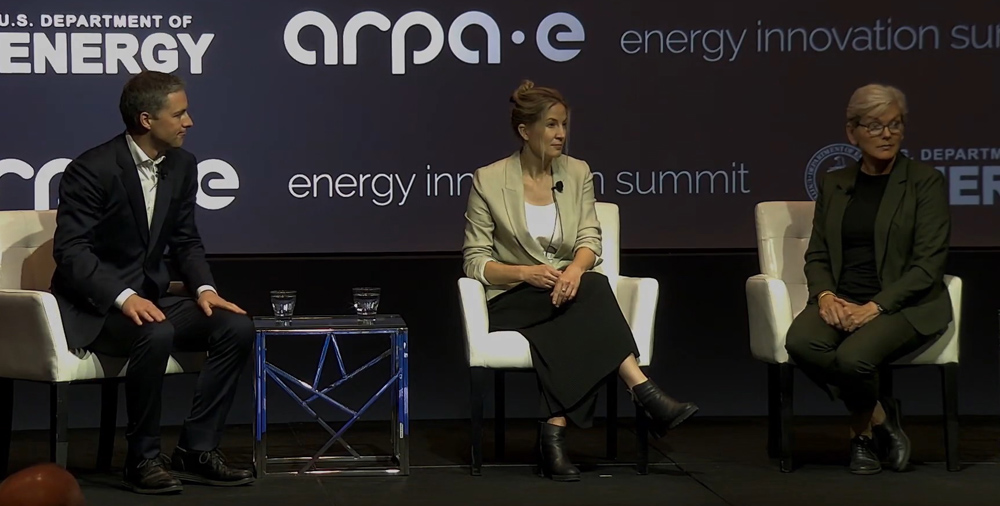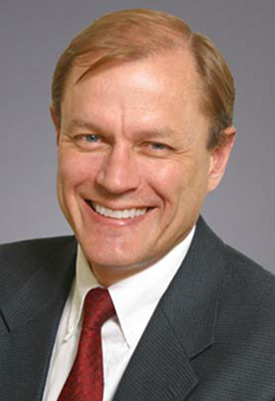Two Ohio lawmakers this week introduced legislation to significantly alter the composition of the state’s five-member Public Utilities Commission by requiring the governor to appoint one member from a list of candidates chosen by the office of the Ohio Consumers’ Counsel (OCC).
Under H.B. 690, the OCC, rather than the PUCO Nominating Council, would have the responsibility to vet and submit the names of three consumer-oriented candidates to the governor for appointment.
The governor would not be permitted to reject all three, and any OCC-recommended appointment would be subject to approval by the state Senate.
The PUCO Nominating Council would continue to screen candidates for the other four seats on the commission for gubernatorial appointment.
The introduction of the legislation follows Republican Gov. Mike DeWine’s reappointment in February of a long-time utility lawyer to a second five-year term after the Nominating Council, chaired by a utility lobbyist, rejected candidates with a consumer background.
It also comes three years after DeWine appointed utility lobbyist Sam Randazzo, whose clients included FirstEnergy (NYSE:FE), to chair the PUC. Randazzo stepped down in November 2020, four days after the FBI raided his home after FirstEnergy revealed in a Securities and Exchange Commission filing that it had paid him $4 million before his appointment to close out a six-year consulting contract.
Rep. Laura Lanese (R), one of two primary sponsors of H.B. 690, said she introduced the legislation to make sure the public, “the first word in the name of the Public Utilities Commission,” gets represented.
“We have this office, the OCC, that has the expertise” to ensure public representation, she said.
Lanese noted that the OCC is already responsible for recommending a gubernatorial appointment to the Ohio Power Siting Board, which has authority over the development of power plants, including wind and solar, transmission lines and pipelines.
“We do it with the Ohio Power Siting Board, and there’s no reason for us not to do it with the PUC,” she said.
Co-sponsor Gayle Manning (R) could not be immediately reached for comment, but a number of Democrats immediately agreed to co-sponsor the bill.
Rep. Kent Smith, ranking Democrat on the House Public Utilities Committee, which is expected to hold initial hearings on the legislation, is listed as one of the co-sponsors.
“I think the voice of consumers needs to be amplified on the PUC,” Smith said. “And this would be a relatively simple way to ensure that a consumer voice would be there.”
Rep. Casey Weinstein, a Democrat who clashed with Randazzo when he was appointed to the PUCO, said he quickly moved to be a co-sponsor.
“I just want to see more consumer-focused representation on the PUC, and I think this is a creative way to get there. I have not liked the governor’s picks. I think it’s all industry-friendly folks. I completely disagree with the preponderance of the decisions that they’ve made. I think they seem to exist to protect the status quo. And I think that should be challenged,” he said.
A third Democrat, Rep. Dan Troy of suburban Cleveland, said he immediately decided to co-sponsor the bill when he saw it. “I’ll be co-sponsoring this because it’s one more seat at the table that has the ratepayers’ interests in mind,” he said.
The spokesperson for the OCC issued a statement in support of the legislation.
“Years ago the legislature required that the Ohio Power Siting Board would have a member, to be nominated by the Consumers’ Counsel and appointed by the governor, as the public’s representative on the board. That was a good idea for Ohioans,” Merrilee Embs wrote in an email responding to a request for comment.
“A similarly good idea is in House Bill 690 for reform of the PUCO. That’s especially important given the PUCO is out of balance with two of five commissioners having formerly worked for the utility industry,” Embs wrote. “Just recently the PUCO even had three of five commissioners who had worked for utilities — until a FirstEnergy scandal led the former PUCO chair to resign. …
“In the interest of justice for millions of utility consumers, we urge the legislature to enact House Bill 690.”



